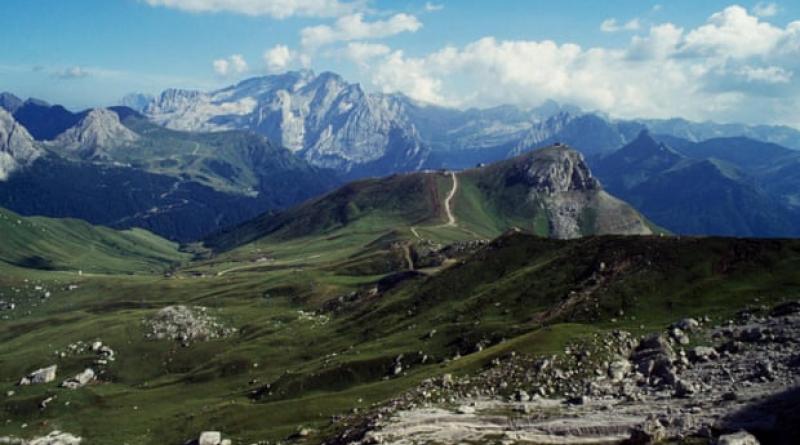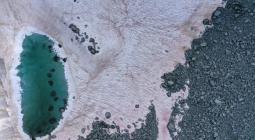Queen of the Dolomites glacier could vanish within 15 years.

Italian scientists warn Marmolada has shrunk 80% in 70 years due to global heating.
The largest and most symbolic glacier in the Dolomites could vanish within 15 years because of global heating, Italian scientists have warned.
The 3,343m Marmolada, located on the border of the Trentino and Veneto regions and known as the Queen of the Dolomites, has already lost more than 80% of its volume over the last 70 years.
Aldino Bondesan, a geophysics professor at the University of Padua and member of the Italian Glaciological Committee, said forecasts of the glacier’s extinction were getting closer.
“In the short-term, there is nothing we can do to save it,” Bondesan said. “Because the trend of glaciers in Italy, and of those worldwide, can only be reversed if there is a global effort and a reduction of the climate change in progress.”
Bondesan said the sharp drop incarbon emissions during the coronavirus lockdown had only a minimal influence on helping to reverse the trend for Marmolada and other glaciers. “It didn’t last long and things are getting back to normal,” he added.
Marmolada has been measured every year since 1902 and is considered a “natural thermometer” of climatic change. The glacier’s ice volume has fallen from 95m cubic metres in 1954 to 14m today.
“It’s the largest and most symbolic glacier in the Dolomites and responds better than others to climate change,” Bondesan said. “So the variations in volume and dimensions give a clear and immediate indication of climatic changes.”
The Italian Glaciological Committee monitors 200 of Italy’s 900 glaciers. The results of the latest study on Marmolada will be sent to the World Glacier Monitoring Service and published in the Journal of Glaciology.
The warning over Marmolada comes less than a month after homes were evacuated in a hamlet of Courmayeur, in the Aosta valley, following a renewed alert that a huge portion of the Mont Blanc glacier, Planpincieux, was at risk of collapse. The movement of the glacial mass was due to “anomalous temperature trends”, experts said.
Planpincieux has been closely monitored since 2013 to detect the speed at which the ice is melting. In August 2018, a heavy storm unleashed a debris flow, killing an elderly couple when their car was swept from the road, which is currently closed.
In the event of a collapse, it would take less than two minutes for the mass to reach the municipal road below.
1 September 2020
The Guardian





